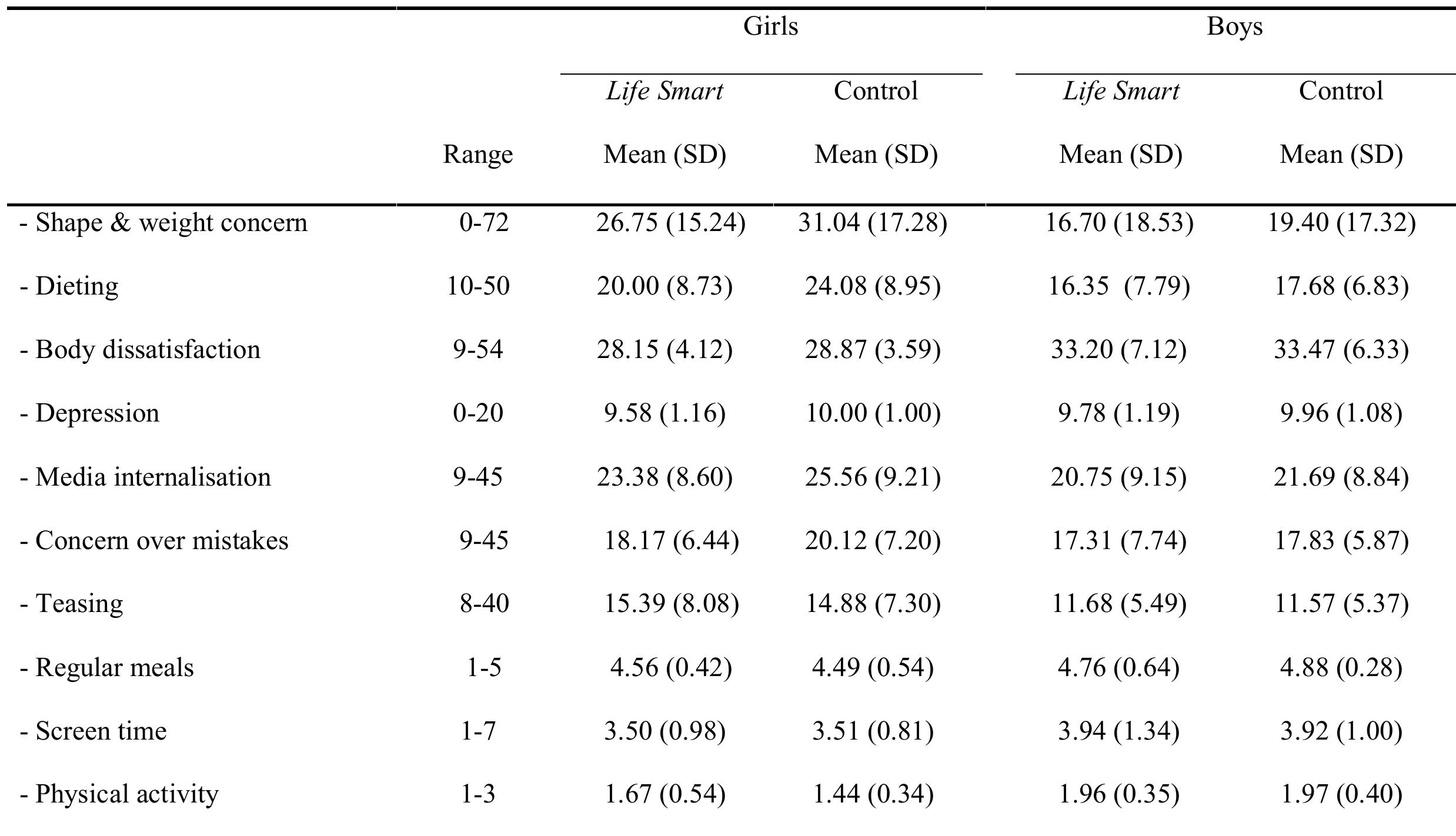Key research themes
1. What are the established and emerging risk factors associated with the development of eating disorders, and how can these inform prevention strategies?
This research theme focuses on identifying, classifying, and grading the evidence for various risk factors linked to eating disorders (EDs). Understanding these factors is critical to developing precise, targeted, and evidence-based prevention and early intervention programs. The investigations address diverse categories of risk including biological, psychological, social, and environmental contributors, and utilize longitudinal and meta-analytic approaches to discern causality and specificity.
2. What is the current evidence on the effectiveness of prevention and early intervention programs for eating disorders, especially in high-risk populations such as adolescents and university students?
This theme covers evaluation and synthesis of empirical evidence on the efficacy of eating disorder prevention and early intervention programs. It includes school-based universal, selective, and indicated programs as well as university-targeted interventions, examining psychological approaches like cognitive dissonance, media literacy, and cognitive-behavioral therapy. The goal is to assess which program designs and methodologies are most effective at reducing risk factors, symptoms, and new onset of EDs, with considerations of longer-term outcomes and implementation challenges.
3. Can integrated prevention approaches effectively address both eating disorders and high body mass index (BMI), considering shared risk factors and potential unintended consequences?
Growing research recognizes the overlapping risk factors and comorbidity between eating disorders and obesity/high BMI, prompting exploration of integrated prevention interventions. This theme investigates whether combined programs can simultaneously prevent disordered eating behaviors and unhealthy weight gain, minimizing adverse outcomes (e.g., exacerbating body dissatisfaction or promoting harmful weight control behaviors). It evaluates evidence for mutual risk factors, intervention successes, barriers, and considerations for integrated health promotion.







